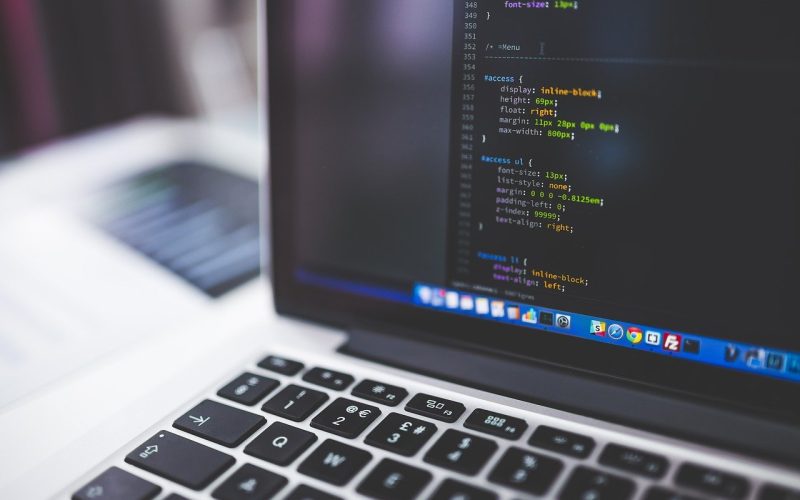
What is Wifi Display?
A wireless display is a device that allows you to stream content from your computer to your HDTV. This technology was developed by Intel and is compatible with compatible HDTVs and HDTV adapters. This new technology is a great addition to your entertainment system and can make watching your favorite movies and TV shows a whole lot more enjoyable. You can learn more about Wireless Display technology and how it works below. This technology allows you to connect your laptop or PC wirelessly to your HDTV and enjoy wireless streaming. Wifi Display is best suited for Android devices, but it…



